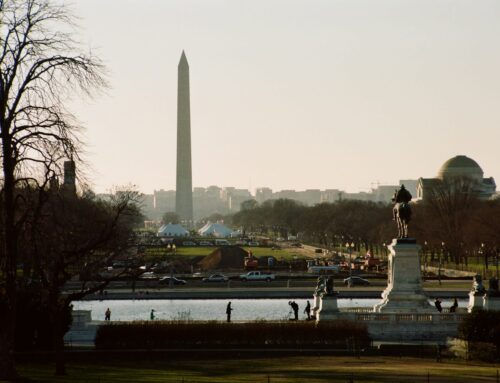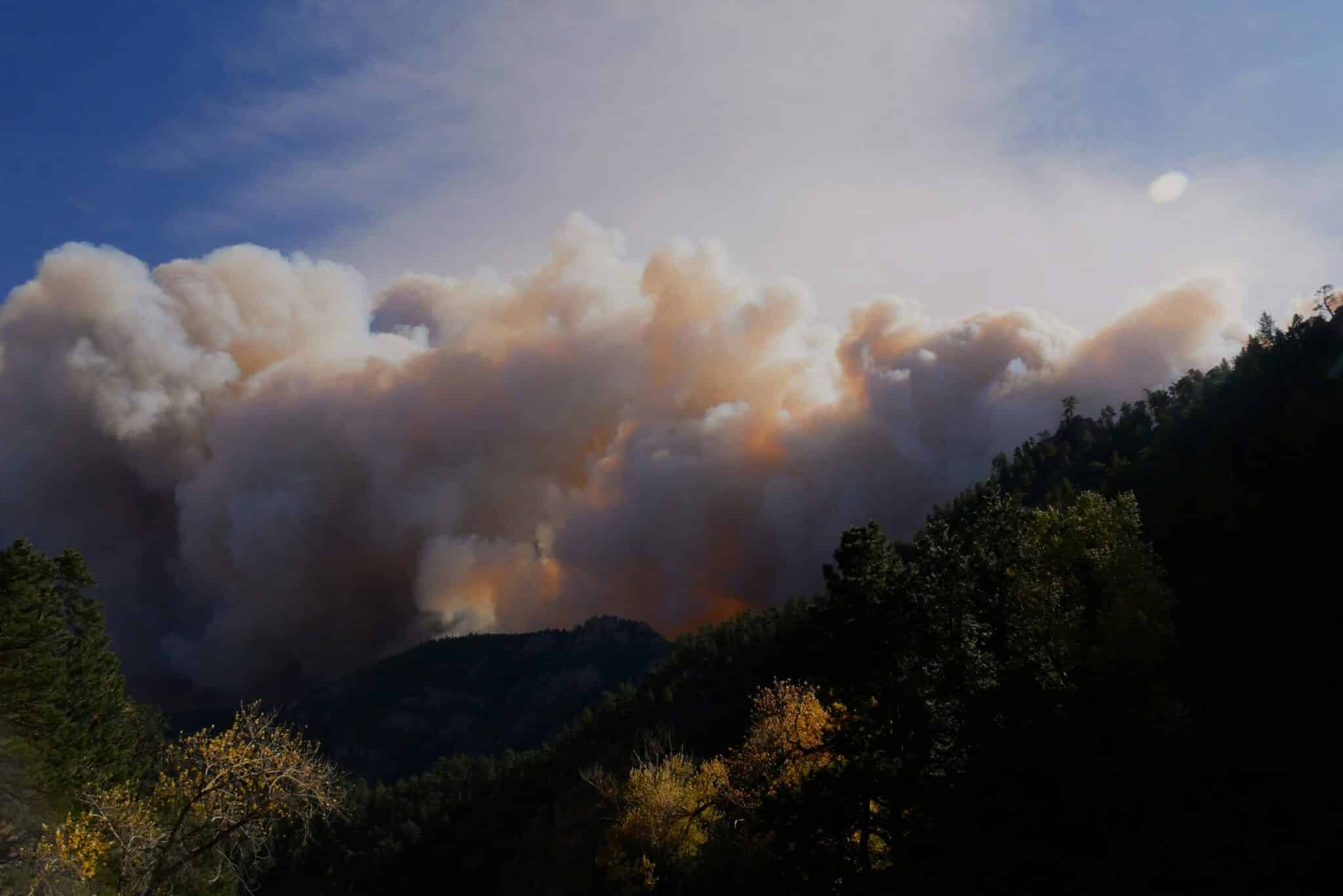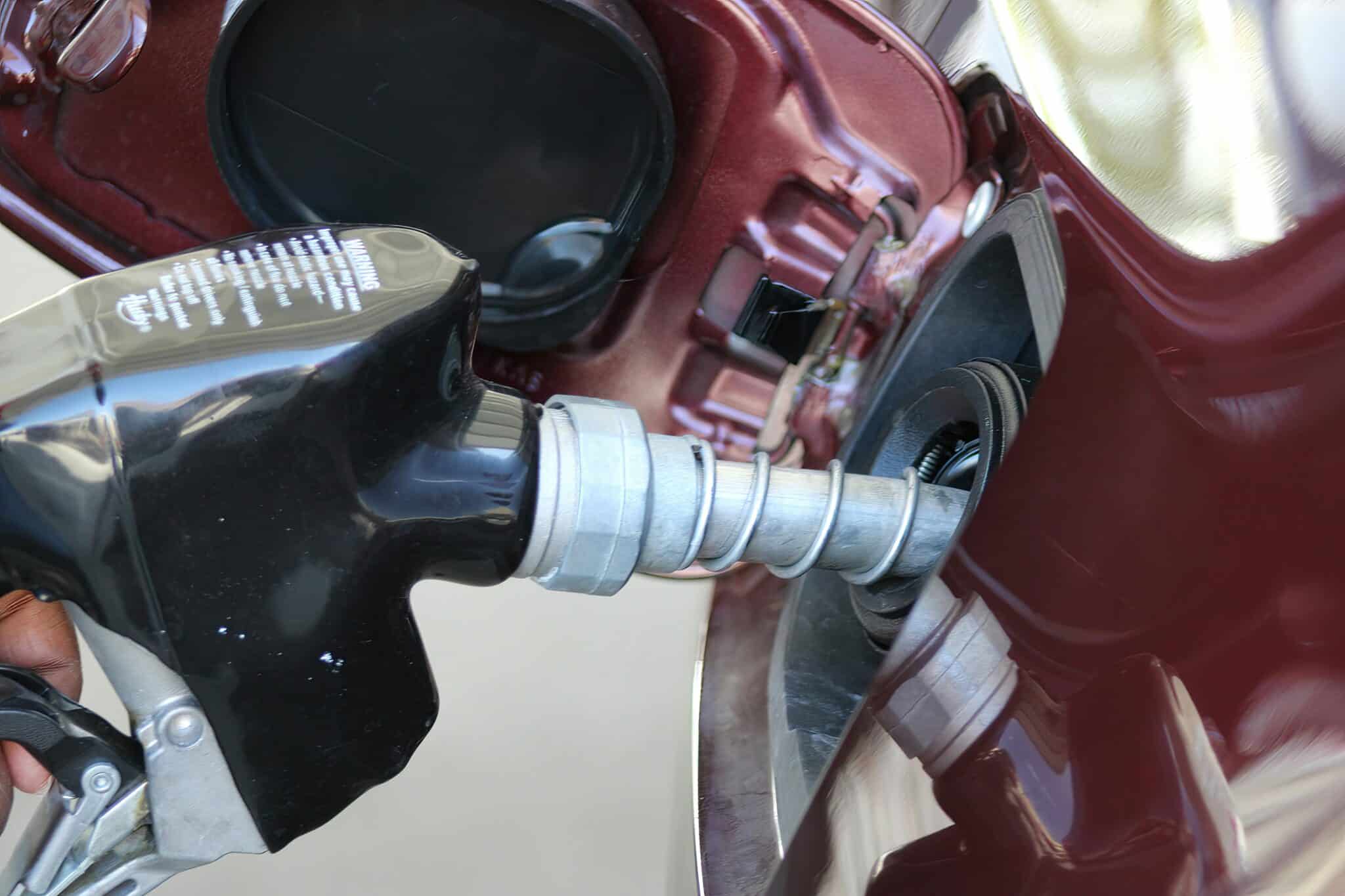Under the 135 year old Mining Law of 1872, valuable taxpayer lands and minerals are virtually given away to international mining conglomerates that then amass enormous profits from mining, or simply turn around and sell the once taxpayer-owned land to the highest bidder.
To add insult to injury, these same mining companies often abandon their mines once they are no longer profitable, or declare bankruptcy, sticking taxpayers with the costly tab for mine cleanup.
The Congressional Budget Office estimates the value of minerals extracted from public lands to be more than $1 billion annually, and according to the Environmental Protection Agency the messes mining companies leave behind may cost taxpayers more than $50 billion to clean up.
Below are several examples of how failure to update the 1872 Mining Law allows mining companies to take advantage of New Mexicans:
New Mexico Giveaways
- Since 2003, New Mexico has experienced a fifty percent increase in mining claims, gobbling up 234,115 acres of public land.
- Under the 1872 Mining Law, private entities now own more than 50,000 acres of New Mexico's public land, purchased for no more than $5.00 per acre.
- New Mexico's Chino Mine operation includes 113,258 acres of patented public land, and averages production of around 200 million pounds of copper and up to 1 million pounds of molybdenum annually. This equates to an annual foregone royalty of $80.8 million and $4.2 million respectively
Billions in Clean-up Costs
- Complete clean up of the Santa Rita Pit – a single piece of New Mexico's Chino Mine – is estimated to cost up to $4 billion. However because the Chino Mine company already agreed to pay $394 million for partial clean up, they were exempted from total clean up responsibility by the state of New Mexico.
Original estimates of the Questa Mine site clean up were $156 million. However, upon further investigation by the EPA, potential clean up costs may be as much ass $400 million for the site.
- Taxpayers could pay between $137 million and $674 million to clean up New Mexico's active mines.
General Mining Law of 1872 Must be Reformed
The General Mining Law may have made sense 135 years ago; however, continuing to uphold its ancient provisions is bad fiscal policy. The failure to update this law continues to allow billions of dollars worth of minerals on federal land to be claimed by mining corporations for no more than $5 per acre, and sticks New Mexicans with the cost for costly mine clean up. Congress must act now to bring this archaic law into the 21st century, by charging fair market value for public lands and minerals, and holding mine companies responsible for their own reclamation costs.
For more information, please contact Autumn Hanna at (202) 546-8500 x112 or autumn [at] taxpayer.net.










